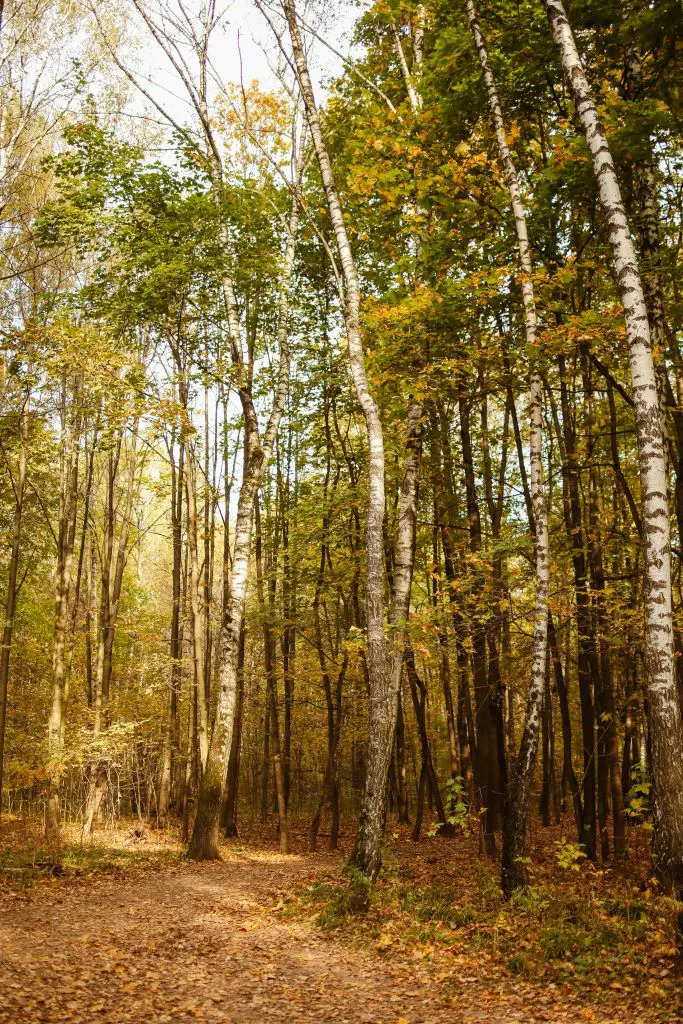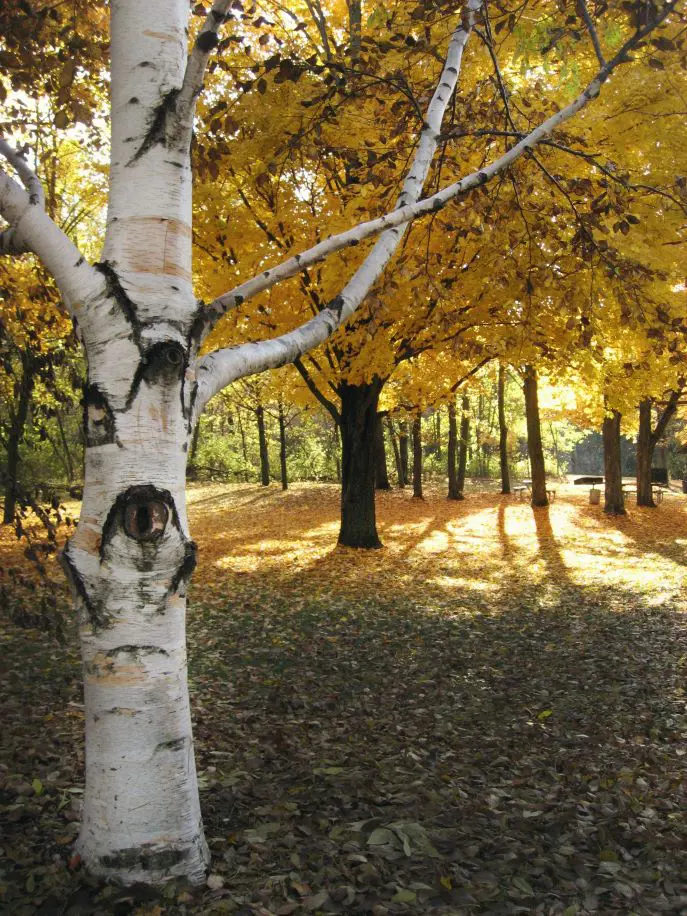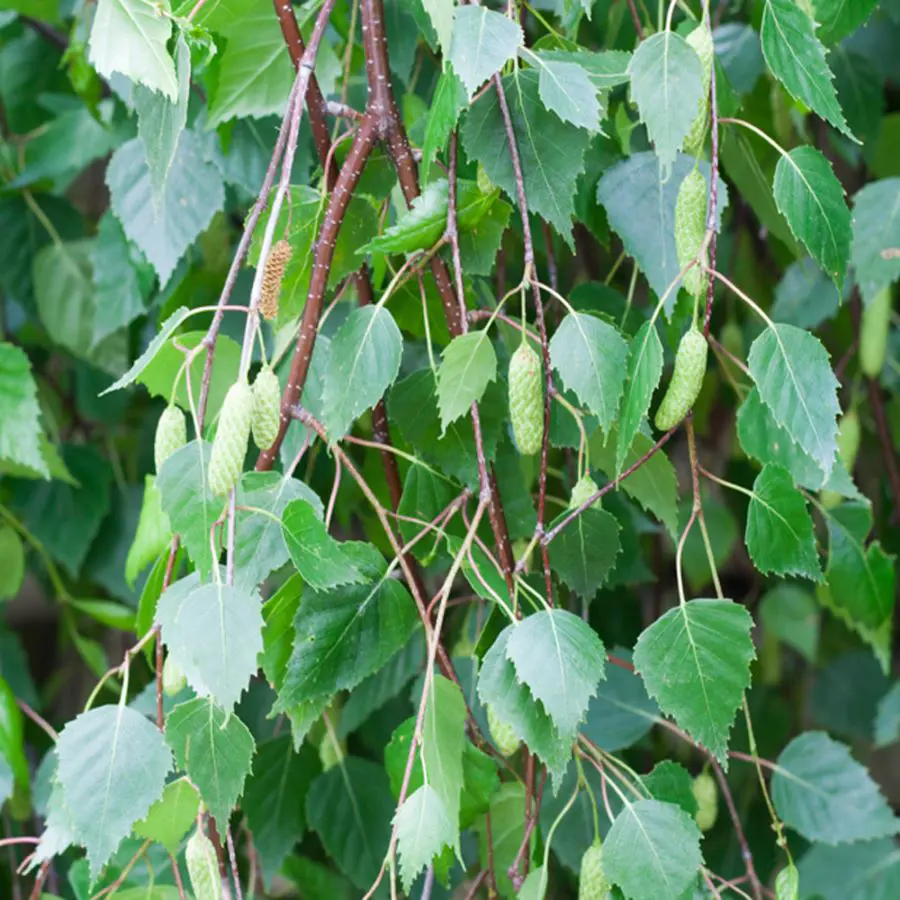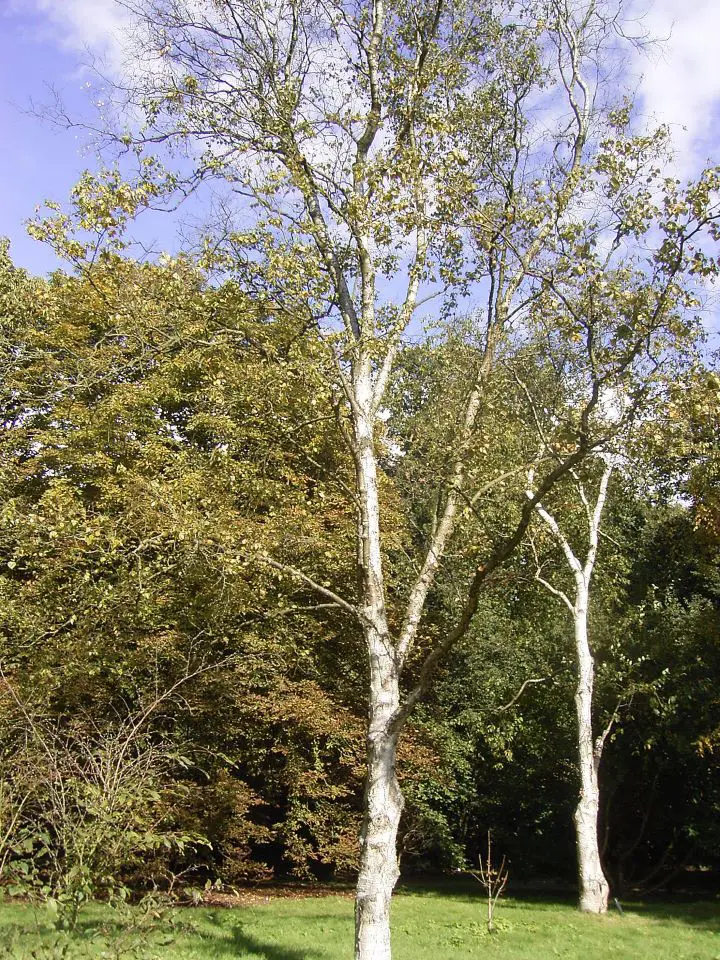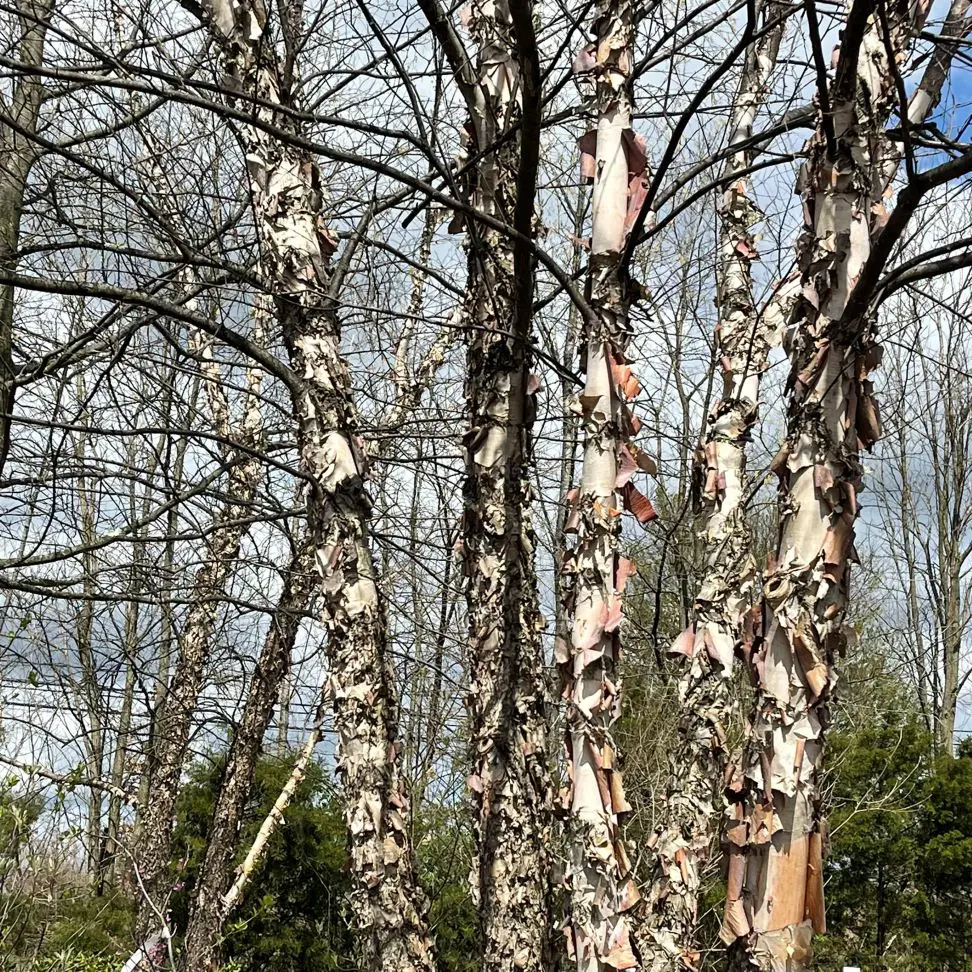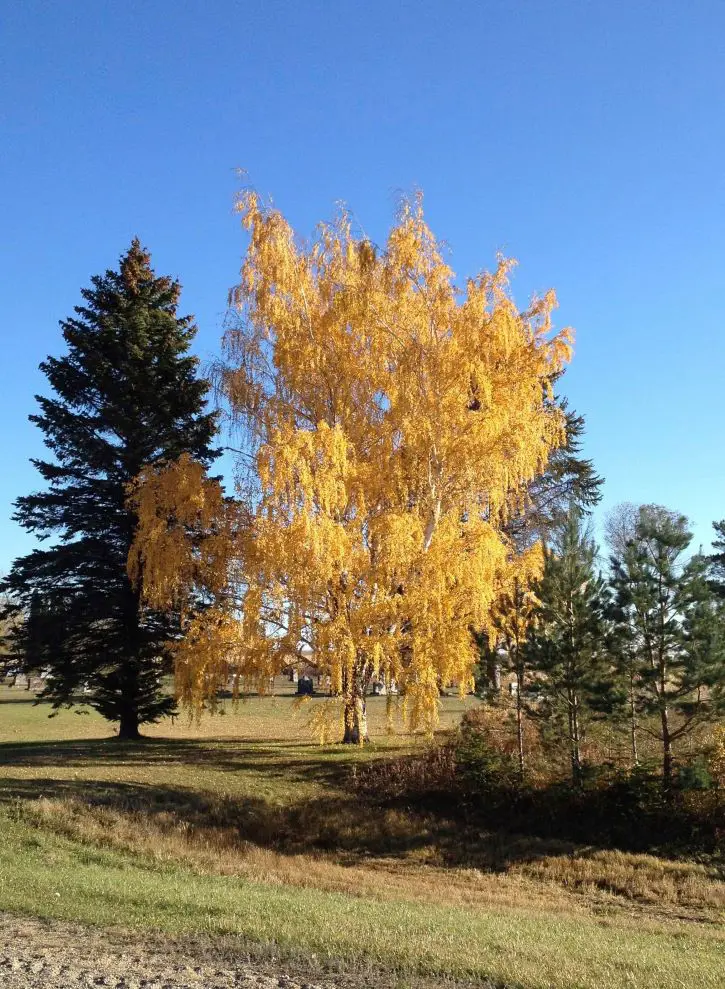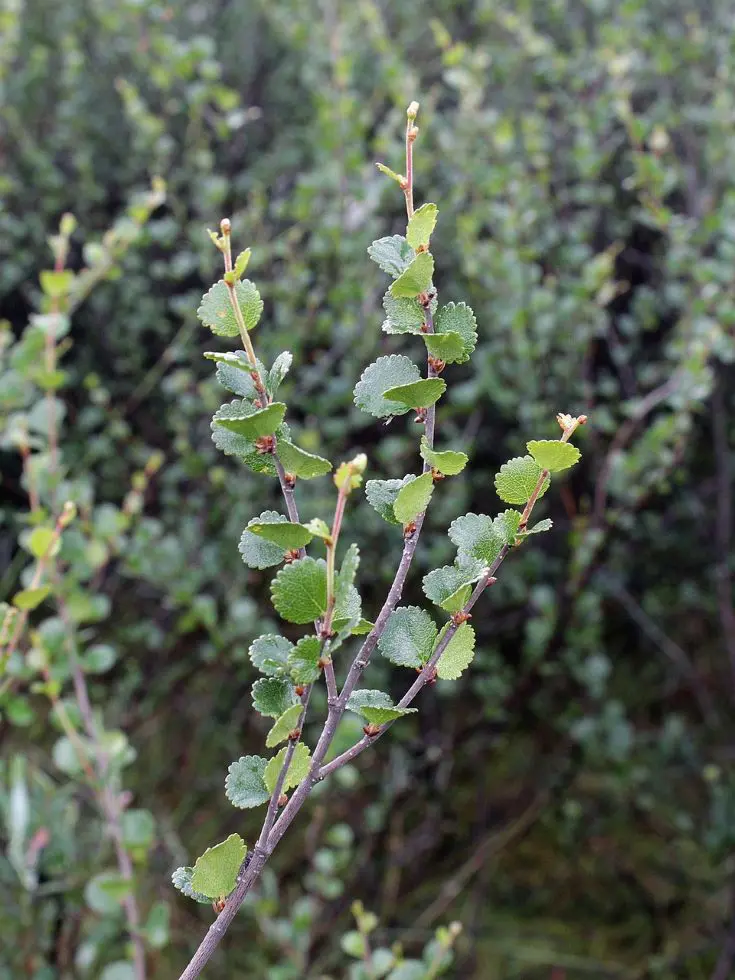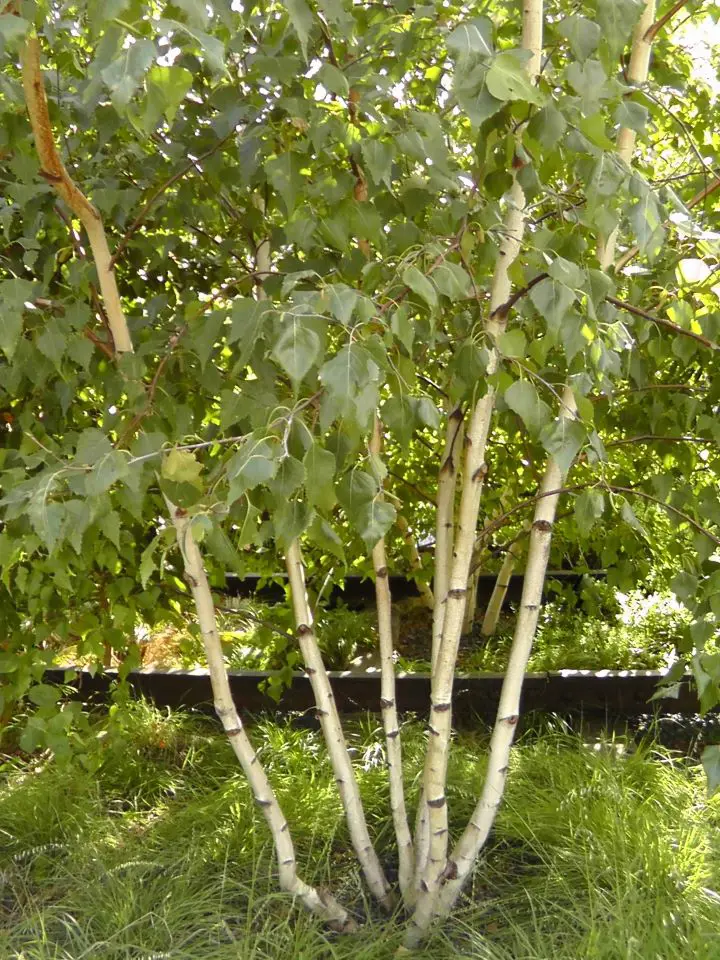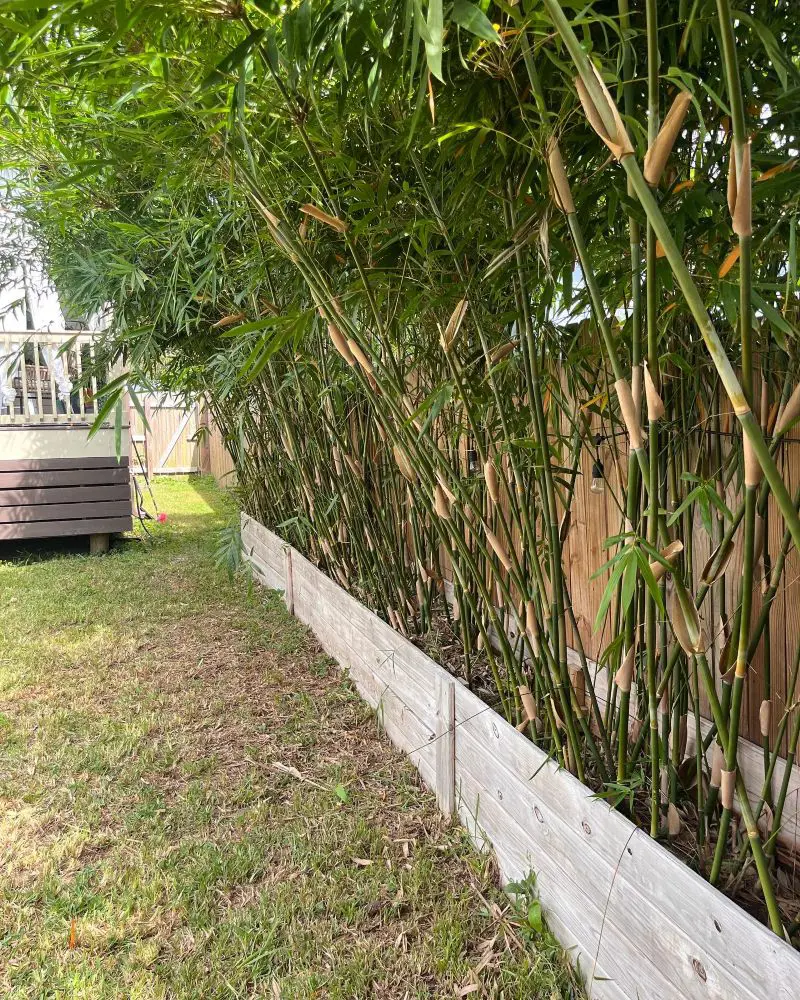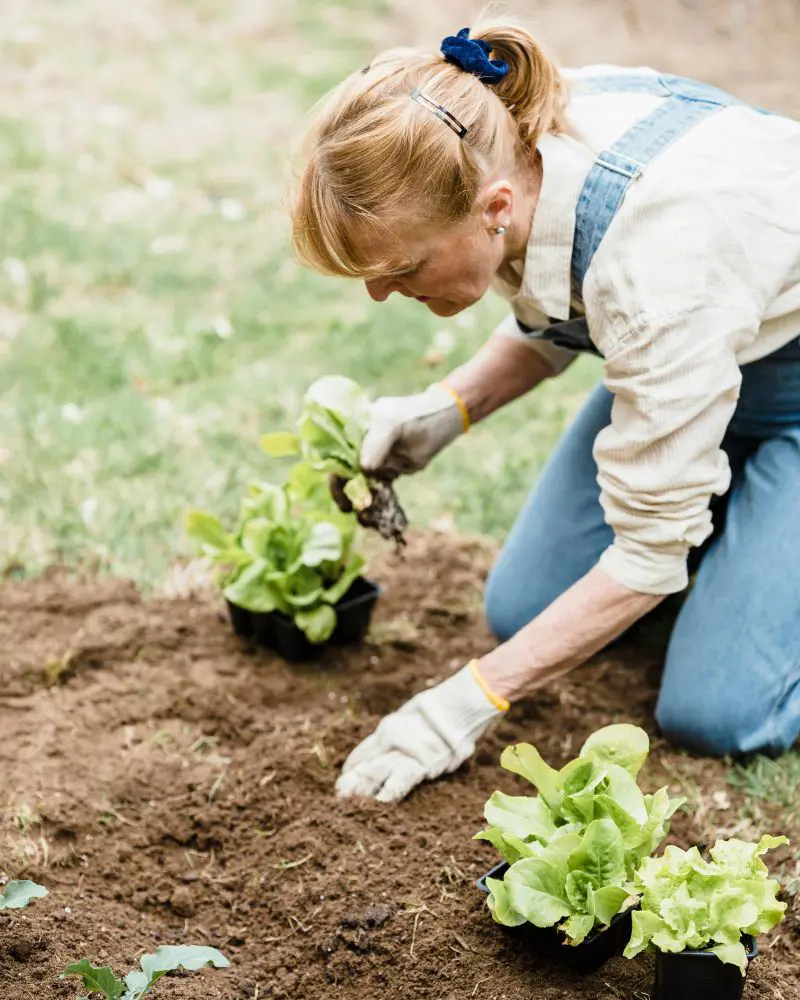1. Cherry Birch (Betula lenta)
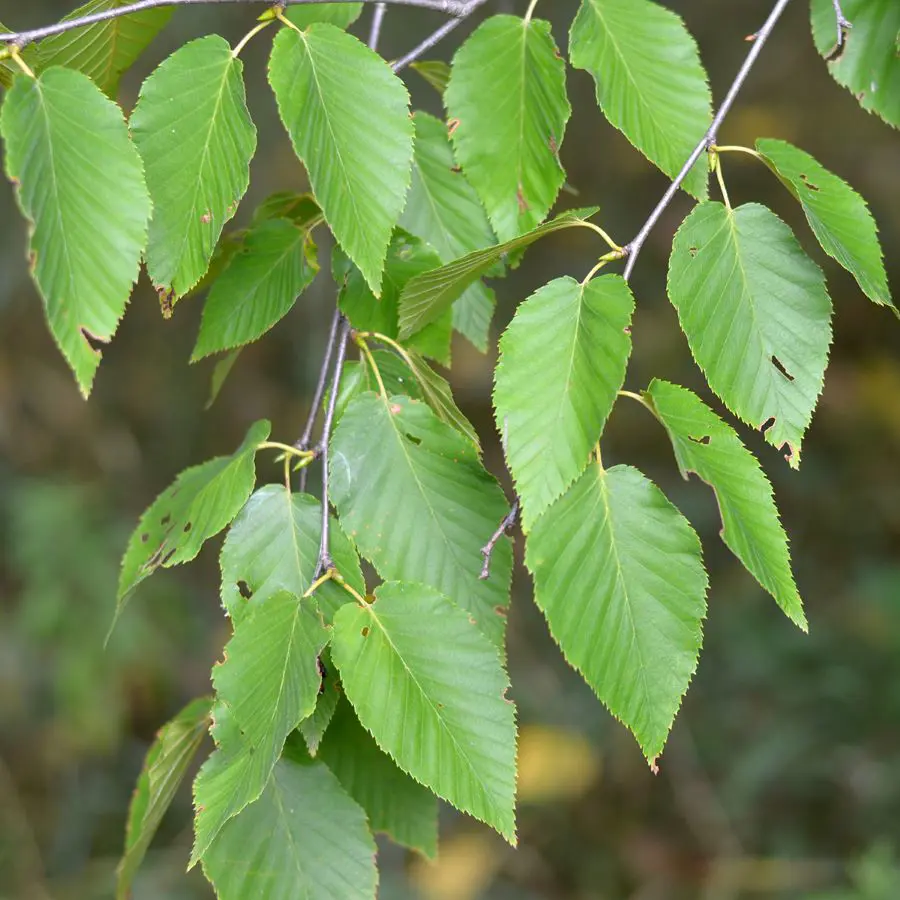
• Light: Full sun to part shade
• Soil Needs: Moist, well-drained loams, acidic, sandy, rocky
• Mature Size: 40 to 70 feet
• USDA Hardiness Zones: 3 to 8
Cherry Birch is a type of birch tree commonly found in Canada and the North-South Range of the US, including southern Maine, New Hampshire, Vermont, New York, Pennsylvania, eastern Ohio, and down the Appalachian Mountains to northern Alabama and Georgia. This tree is not ornamental, but its wood is valuable for furniture, flooring, and tool handles due to its strength and density.
These trees have simple, alternate, and oval-shaped leaves with finely serrated edges, which are green in summer and turn golden yellow in fall. Furthermore, they thrive in cool, moist, well-drained soils and can be found in mountainous areas or mixed hardwood forests.
